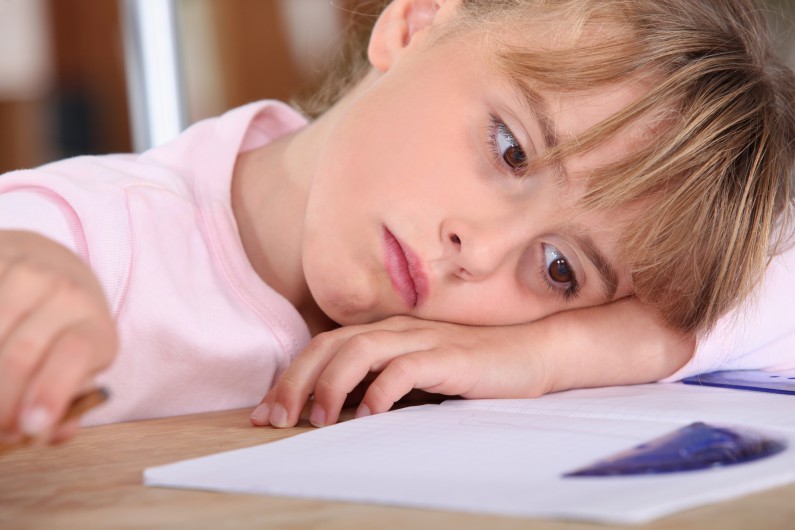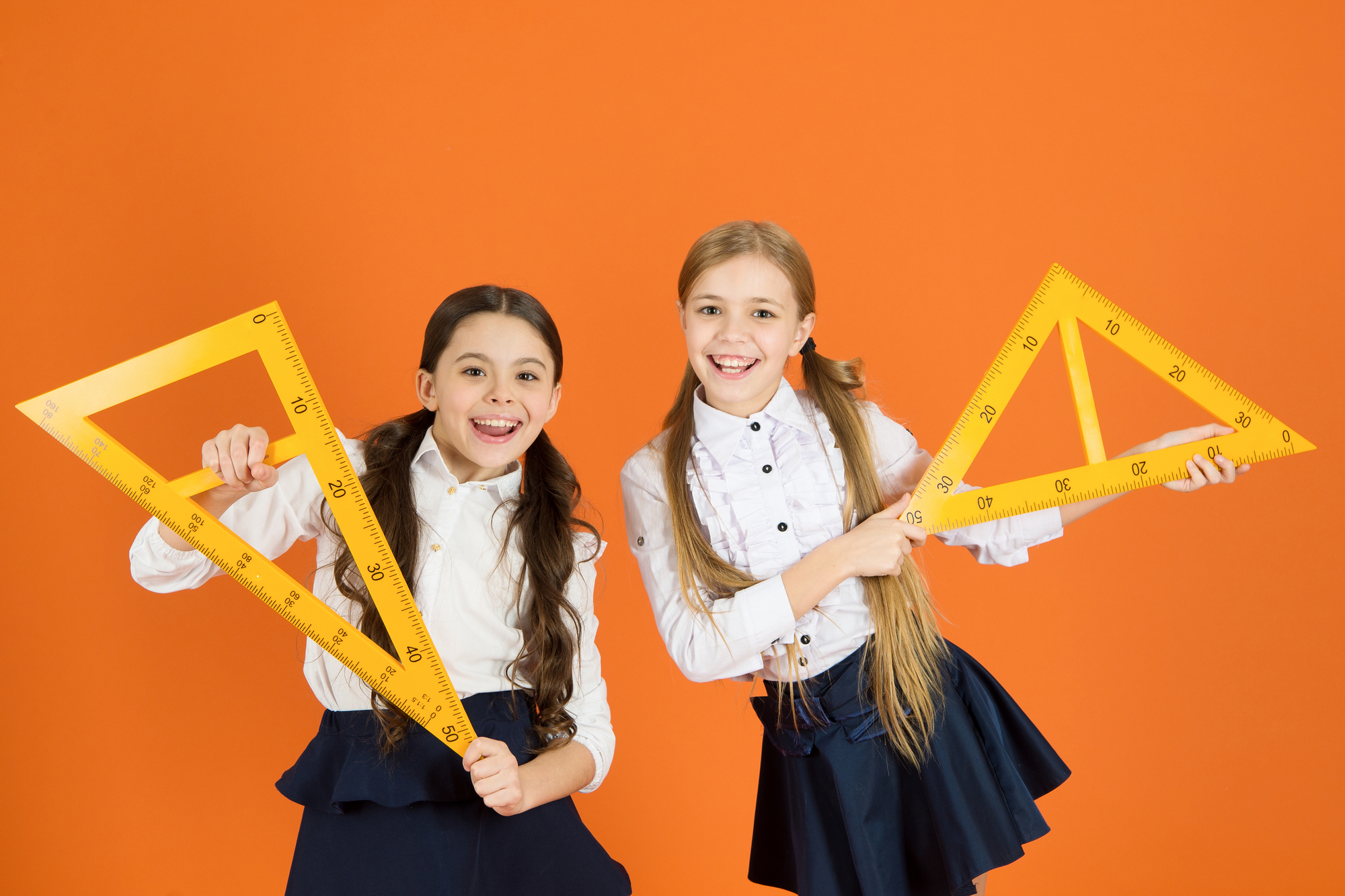Normalising anxiety

Children can feel anxious for all sorts of reasons and sometimes for no reason at all. If they don’t understand what‘s happening, it can be a frightening experience. The very thought of becoming anxious can be enough to trigger anxiety. Assuming there’s no real underlying danger, such as bullying, here are some tips from mental health experts to help your child take control.
Let them know it’s normal
Children experiencing anxiety can think there’s something wrong with them, which only adds to the problem. So your first step is to help them realise it’s a normal human function. Be careful how you do this. Dismissive statements like, ‘don’t worry’, ‘you’ll be fine’ or ‘calm down’ are usually unhelpful.
Begin by acknowledging how they are feeling. Rather than making assumptions, talk about what you are seeing and check their view at each step. You might start by saying ‘I can see you’re upset, [check] would it help to talk about it?’ Genuinely listen to their responses, and show empathy and understanding. A hug can go a long way.
If they don’t want to talk about it, then respect that, but leave the door open by saying something like, ‘OK, but I’m always happy to listen if you feel like talking later’. Then check in on the topic in a day or two.
Tell them you remember having similar feelings at their age, explain some of your symptoms and ask if that’s what they feel. Tell them you still get worried sometimes for no good reason. You could say ‘Sometimes I don’t even know why I’m so worried, does that happen to you?’
The main thing is to help your child find their own solutions. You could say ‘What do you think would help?’ or ‘When I felt that way, this worked for me.’
Explain what is happening
Understanding what triggers anxiety will help you explain things to your child. Here are some points to get you started.
Anxiety is a response triggered by a part of our brain called the amygdala. It’s designed to protect us when it thinks we’re in danger. To do this it sends oxygen, hormones and adrenalin out to our arms and legs, so we can run away or defend ourselves with great speed and strength. It also temporarily stops our body using energy for non-essential things, like breathing deeply and digesting food. Anxiety happens when the amygdala is triggered into action for no good reason. The body is ready for action, but there’s no flight or fight required.
It often helps if your child gives their amygdala a name, like Zena. Let them pick the name and talk about how they visualise it. This makes it Zena’s problem when anxiety happens. Your child needs to learn is how to let Zena know everything is OK. The best way to do this is to take slow deep breaths. Zena will soon figure out there’s no danger and stop trying to save you from nothing.
Teach your child how to take breaths that go right down to their stomach. Lying with a soft toy on their stomach, making it go up and down, is a fun way to practise. Another way to take control is through mindfulness, which we covered in an earlier blog called Mindfulness for children.
Sources:



